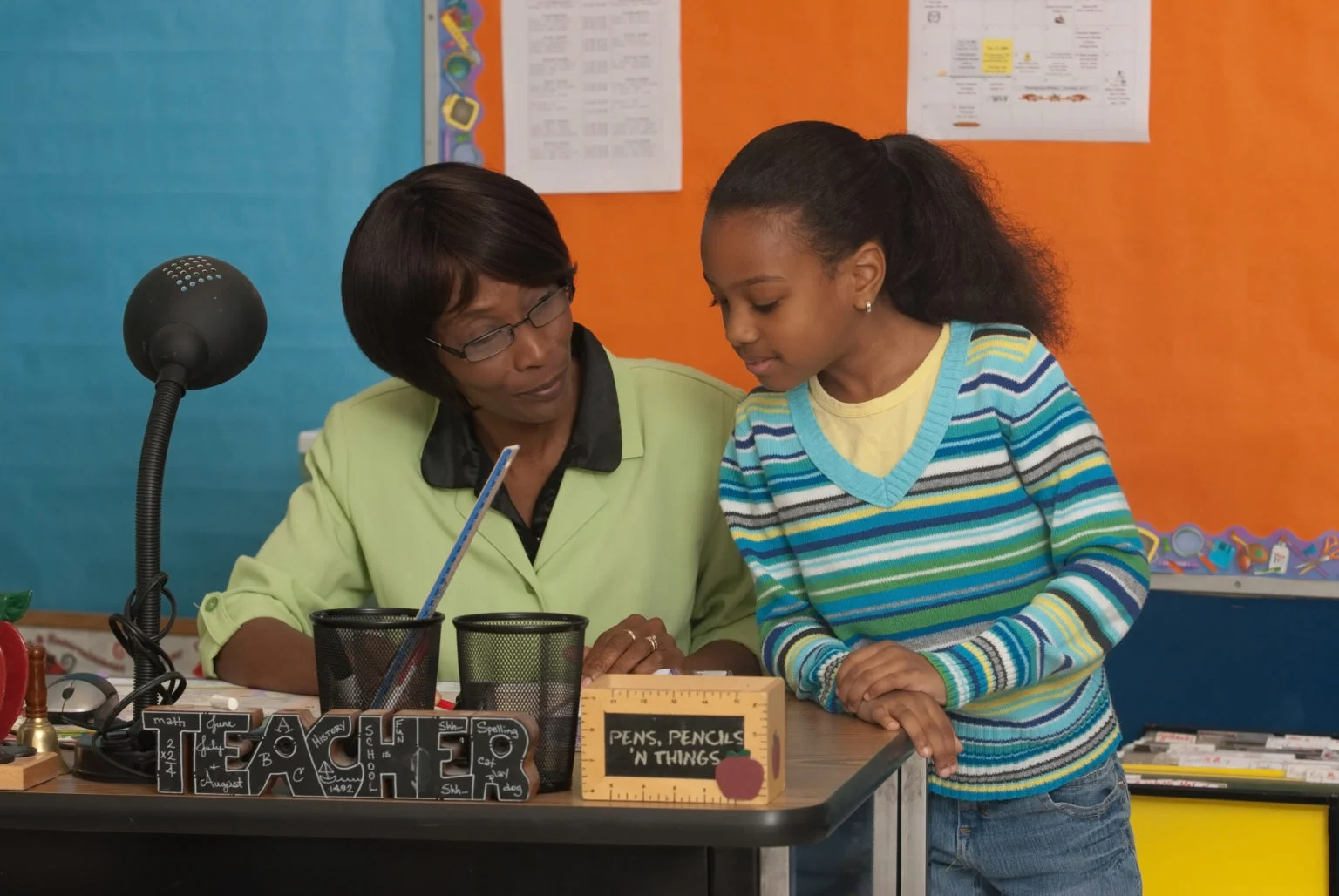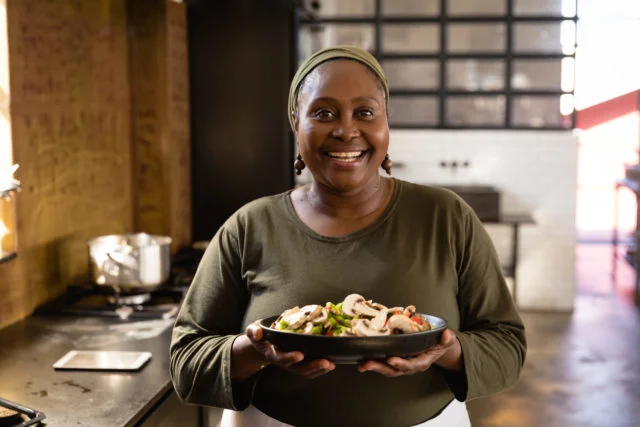Tag: retirement

Introduction With increasing pressure on the nation’s retirement systems, questions about how long people stay in the labor force and why they decide to retire are of great importance. The big unknown going forward is whether the contraction of the retirement income system will cause workers to continue working at older ages. The literature to…

Abstract This paper reports on a project to construct and evaluate a wealth and saving dataset for those households who responded to the supplementary wealth and active saving modules of the Panel Study of Income Dynamics (PSID) over the period of 1984 to 2005. The PSID is unique in providing household-level estimates of active saving…










